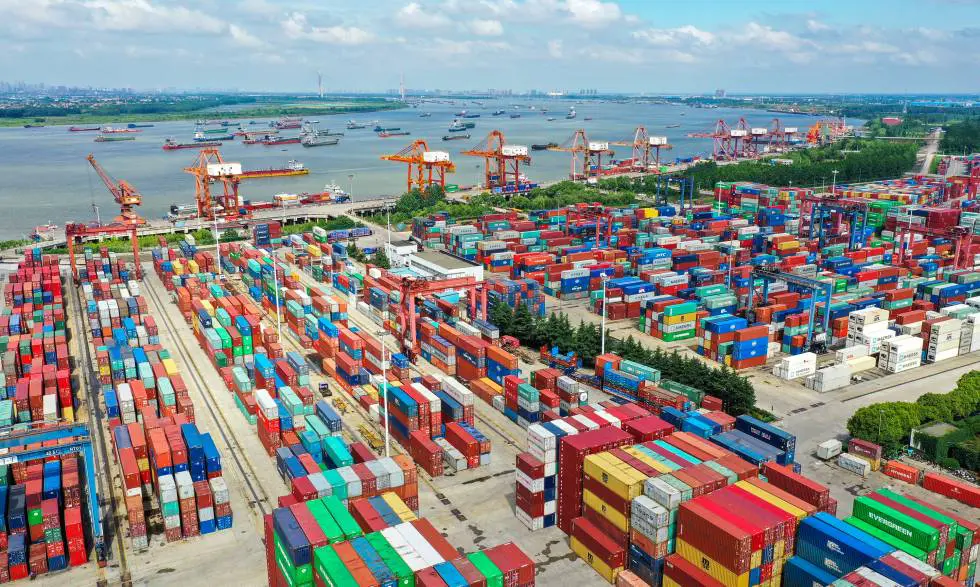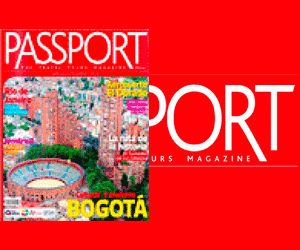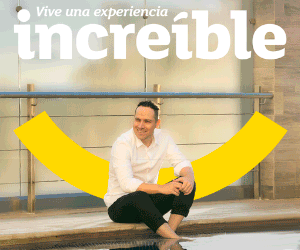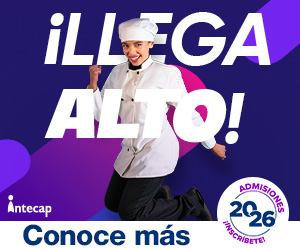Latin America’s apparel exports are expected to increase sharply this year as U.S. brands boost orders south of the border to help ease supply chain woes. However, a dearth of raw materials threatens to scupper those gains, experts said.
“We estimate a 10 percent increase in apparel sales as U.S. buyers continue to engage in near sourcing and seek competitive places such as Mexico, which is only 24 hours away by truck,” said industry expert Raúl García, adding that this phenomenon is also lifting demand for Central American and Colombian garments.
For Mexico specifically, Garcia predicted shipments could hit $7 billion this year after rising 6 to 8 percent in 2021. Brisk sales of knitwear, T-shirts, polo shirts, lingerie, underwear and socks are seen fueling those gains, he added.
Denim exports are also forecast to rise sharply, benefiting makers in La Laguna industrial hub, where factories make denim for the likes of Levi’s and Wrangler, according to Garcia, who leads Fashion Outlet Mexico WTC.
He noted, however, that a lack of fabric, notably synthetic yarn and thread, is making it hard for suppliers to meet orders. As a result, the industry is moving to negotiate more flexible rules of origin under the United States-Mexico-Canada Agreement, or USMCA, free-trade deal with the U.S. and Canada.
“We have a 15 percent fabric deficit currently, though that’s better than the 30 percent we had last June,” added Garcia. “Suppliers are looking for an adjustment to the yarn-forward rule to bring more fabric from China or countries like India and Pakistan.”
At press time, top industry lobby Canaive and other industry bodies were engaged in negotiations with Mexican President Andres Manuel Lopez Obrador to pressure the government to make their case with Washington.
Meanwhile, clothing factories are rushing to boost production and increase spending to market their goods at international exhibitions such as MAGIC.
Doing so is crucial after Obrador shuttered export-promotion body Promexico, leaving maquilas alone in their effort to draw new customers.
“We [the industry] are basically blind to Obrador,” said a Mexico City-based apparel consultant, who requested anonymity. “On top of shutting Promexico, he hasn’t helped provide any growth funding or credit lines. This means manufacturers have been forced to seek credit elsewhere. Luckily enough, raw-material and other suppliers have been providing credit for up to 30 days, something they never did before.”
In Central America, exports to the U.S. are also set to surge around 10 percent, according to Juan Sánchez, owner of apparel firm Texsun. However, like Mexico, the isthmus is facing raw materials shortages that are undermining shipments.
“Demand is growing and in Guatemala, we could have a 10 percent increase [to around $2 billion] but yarn thread is very limited and if this continues, we may not grow that much.”
The U.S.’s yarn-purchasing ban from China’s Xianjiang Uyghur Autonomous Region due to alleged human rights abuses is largely to blame for the shortages, according to Sanchez.
“The Chinese have been forced to buy yarn and thread elsewhere and that has created a scarcity in this part of the world. Many spinning mills have been limiting production as a result,” Sanchez noted.
Simultaneously, cotton and thread prices, especially for polyester, have surged 40 percent, squeezing margins for manufacturers, which have not been able to pass the hike onto U.S. customers.
Still, investment has risen, especially in Honduras, as American brands look to boost output. “There is huge investment in textiles, yarn spinning and apparel,” Sanchez said. “No one says how much but we know of several independent projects.”
There is also a lot of spending to boost sportswear manufacturing, notably custom or logowear, Sanchez said, adding that Under Armour and Columbia Sportswear have made such investments recently. VF Corp. and Dickies have also made significant capital commitments, added Sanchez, whose firm makes sweaters and pullovers and supplies companies such as The North Face.
All of this as “the region has become more sophisticated and added much more capacity than a decade ago,” Sanchez said. “It’s easier to replenish with a quicker response. We have eight- to 10-week lead times now compared to 12 to 15 weeks five years ago.”
Buyers’ interest in South America also remains firm. In Colombia, for example, garment shipments grew 50 percent to $900 million in 2021, export lobby ProColombia President Lavia Santoro said during the latest Colombiatex de las Américas textiles fair in Medellín. The two-day event last month drew 270 companies to source a range of textiles, including technical fabrics with antibacterial, solar shielding and impermeable properties, among others.
The event generated $6.4 million in potential sourcing contracts. There were 1,100 international buyers, mainly from the U.S., Ecuador, Mexico and Peru.
One highlight came from Textiles Lafayette, which launched a biodegradable fabric collection to make sustainable fashion. The firm, which marked its 80th birthday, also rolled out four athleticwear fabrics. One included a light, peach-colored fabric with solar and antibacterial protection.
Not to stay behind, Brazil recently saw a spurt of orders with textile and garment exports surging 17 percent last year as a weak real boosted order from key buyers in Argentina, the U.S. and Paraguay. That compares to a 27 percent decline to $151 million in 2020 during the height of the pandemic.
“We are growing in apparel as brands move into the international market and retailers like Renner expand in Uruguay and Argentina,” said Fernando Pimentel, president of industry lobby Abit.
This year, however, shipments could be much more subdued, rising around 2 percent as Omicron and other COVID-19 variants add uncertainty to the order book, according to Pimentel.
However, demand for Brazilian staples such as beachwear and denim could rise more than expected during the European summer. That, and the further stabilization of COVID-19 in the U.S., could prop up exports, he added.
“We like to be conservative when it comes to predicting our international business, at least early in the year, but we should have a better idea of where demand is in two to three months,” he concluded. (https://wwd.com/business-news/business-features/latin-american-apparel-exports-10-percent-1235075854/)

































